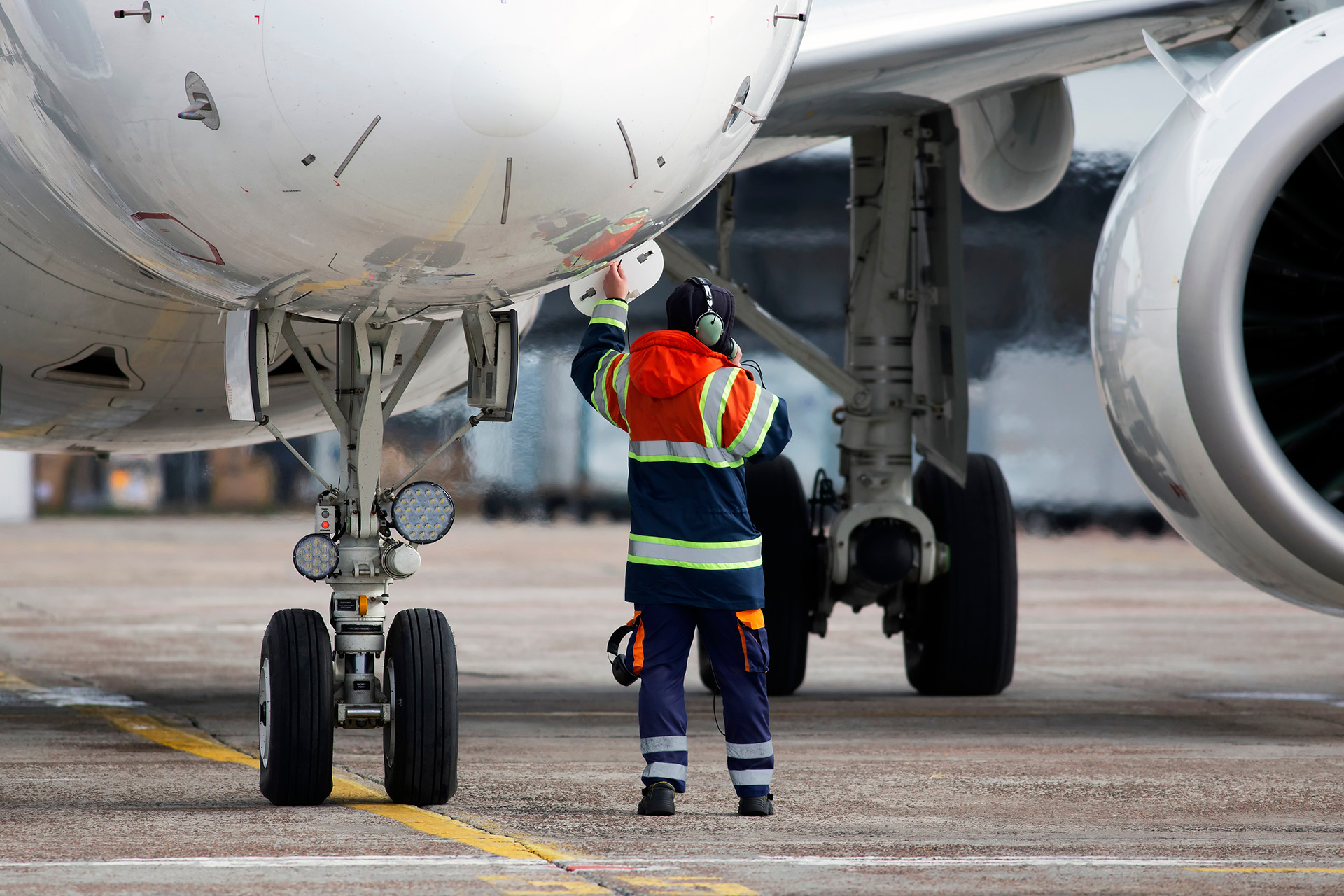While cockpit technology has played a major part in reducing the risk of some accidents, these advances may not have been matched with corresponding changes in pilot training, leading to increases in loss of control events.
Effective pilot monitoring is a key safety net in the prevention of, and recovery from, loss of control incidents.
Monitoring is the behaviour and skills used by pilots to maintain their own ‘big picture’ by cross checking each other’s actions and diligent observation of the flight path, aircraft system and automation modes.
The monitoring skills study and the resulting report and videos available here, aim to promote a good understanding among pilots as to why active monitoring is so important. The clips show how human frailties can contribute to monitoring lapses and highlight some strategies that can improve monitoring skills. They also encourage trainers to place more emphasis on the training and assessment of monitoring skills by incorporating monitoring into exercises and checks.
Monitoring Matters - Guidance on the Development of Pilot Monitoring Skills
The video scenarios on these pages show reconstructions of serious incidents from the CAA’s occurrence database and is aimed at ab-initio and recurrent classroom training, although it will be of interest to all pilots. They are designed to illustrate a range of outcomes from monitoring lapses.
The clip below provides an overview of these scenarios and the important root causes that need to be mitigated against to reduce the likelihood of monitoring lapses.

